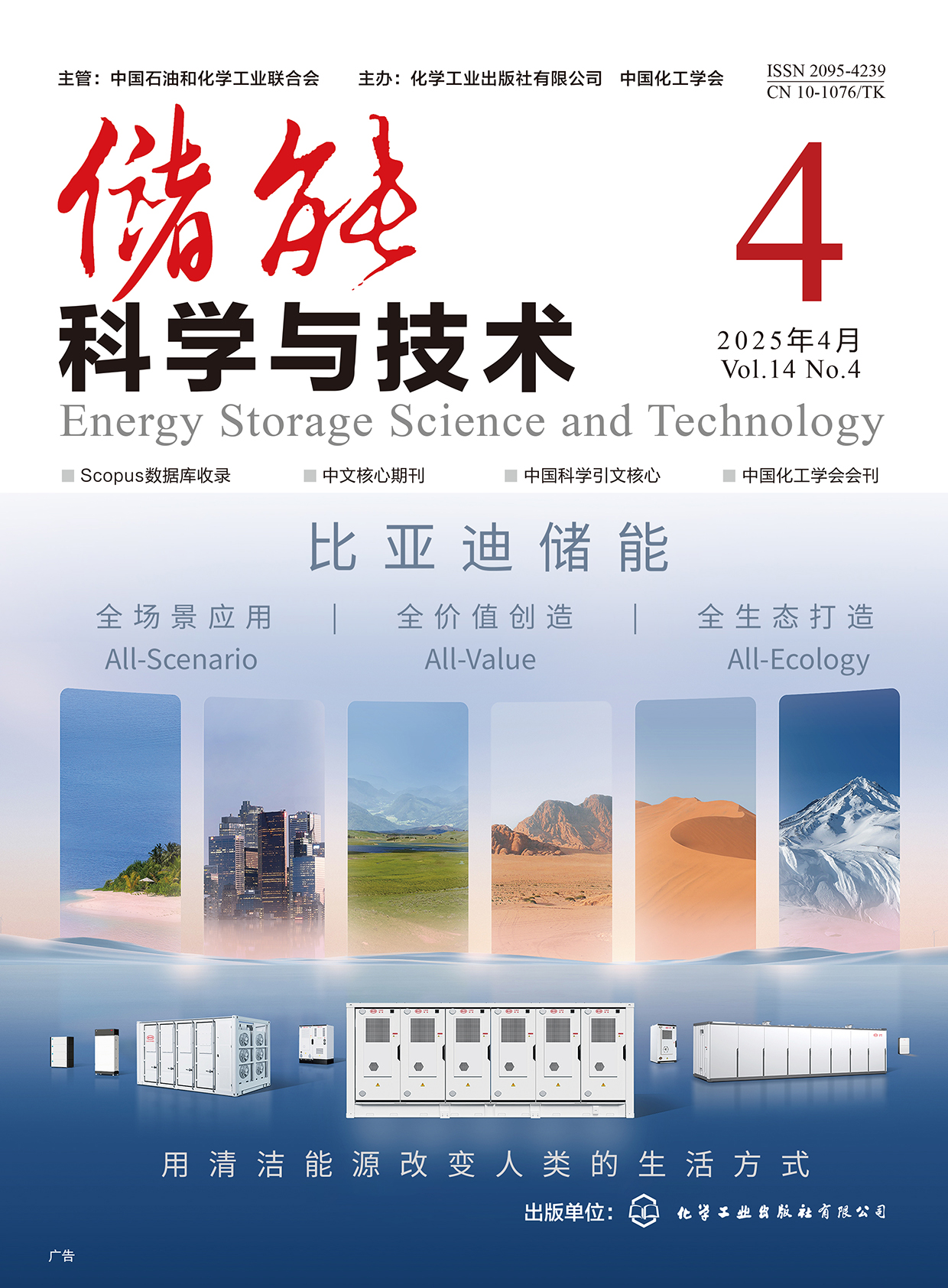Dry electrode technology is a key innovation in developing high-performance energy storage devices due to its solvent-free process, low manufacturing cost, high mechanical strength, and environmental benefits. This study analyzes the principles of dry electrode technology, summarizes the properties and applications of commonly used binders in dry electrode fabrication, highlights its advantages, reviews its origin and development history, and examines recent research progress in the fields of supercapacitors and lithium-ion batteries. Focusing on six dry electrode process technologies—polymer fibrillation, dry spray deposition, vapor deposition, hot-melt extrusion, direct pressing, and 3D printing—this study discusses their process principles, research advancements, key equipment, critical process parameters, and comparative advantages and disadvantages. The findings indicate that the current large-scale manufacturing of dry electrodes faces challenges, including limited production capacity, special raw material treatment requirements, and incompatibility with existing production lines. Finally, future research directions for dry electrode technology in lithium-ion batteries and supercapacitors are outlined, including developing new binders, optimizing dry mixing processes, adjusting electrode mass loading, refining production routes, and exploring novel fabrication methods. This study is a valuable reference for researchers and engineers, offering guidance for advancing dry electrode technology in supercapacitors and lithium-ion batteries.

